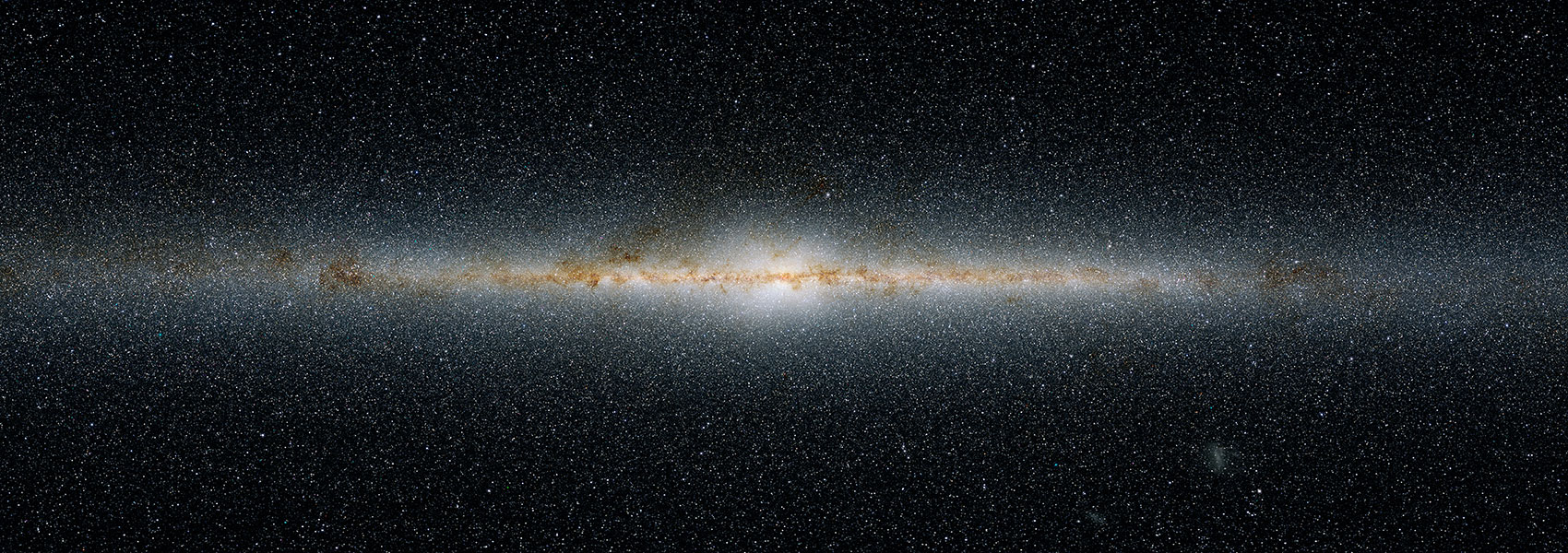September
2015
•
2015A&A...581A..66V
Authors
•
Venuti, L.
•
Bouvier, J.
•
Irwin, J.
•
Stauffer, J. R.
•
Hillenbrand, L. A.
•
Rebull, L. M.
•
Cody, A. M.
•
Alencar, S. H. P.
•
Micela, G.
•
Flaccomio, E.
•
Peres, G.
Abstract
•
Context. Photometric variability is a distinctive feature of young stellar objects; exploring variability signatures at different wavelengths provides insight into the physical processes at work in these sources.
Aims: We explore the variability signatures at ultraviolet (UV) and optical wavelengths for several hundred accreting and non-accreting members of the star-forming region NGC 2264 (~3 Myr).
Methods: We performed simultaneous monitoring of u- and r-band variability for the cluster population with CFHT/MegaCam. The survey extended over two full weeks, with several flux measurements per observing night. A sample of about 750 young stars is probed in our study, homogeneously calibrated and reduced, with internally consistently derived stellar parameters. Objects span the mass range 0.1-2 M⊙; about 40% of them show evidence for active accretion based on various diagnostics (Hα, UV, and IR excesses).
Results: Statistically distinct variability properties are observed for accreting and non-accreting cluster members. The accretors exhibit a significantly higher level of variability than the non-accretors, in the optical and especially in the UV. The amount of u-band variability is found to correlate statistically with the median amount of UV excess in disk-bearing objects, which suggests that mass accretion and star-disk interaction are the main sources of variability in the u band. Spot models are applied to account for the amplitudes of variability of accreting and non-accreting members, which yields different results for each group. Cool magnetic spots, several hundred degrees colder than the stellar photosphere and covering from 5 to 30% of the stellar surface, appear to be the leading factor of variability for the non-accreting stars. In contrast, accretion spots with a temperature a few thousand degrees higher than the photospheric temperature and that extend over a few percent of the stellar surface best reproduce the variability of accreting objects. The color behavior is also found to be different between accreting and non-accreting stars. While objects commonly become redder when fainter, typical amplitudes of variability for accreting members rapidly increase from the r to the u band, which indicates a much stronger contrast at short wavelengths; a lower color dependence in the photometric amplitudes is instead measured for diskless stars. Finally, we compare the u-band variability monitored here on two-week timescales with that measured on both shorter (hours) and longer (years) timescales. We find that variability on timescales of hours is typically ~10% of the peak-to-peak variability on day timescales, while longer term variability on a timescale of years is consistent with amplitudes measured over weeks.
Conclusions: We conclude that for both accreting and non-accreting stars, the mid-term rotational modulation by hot and cold spots is the leading timescale for a variability of up to several years. In turn, this suggests that the accretion process is essentially stable over years, although it exhibits low-level shorter term variations in single accretion events.
Based on observations obtained with MegaPrime/MegaCam, a joint project of CFHT and CEA/DAPNIA, at the Canada-France-Hawaii Telescope (CFHT) which is operated by the National Research Council (NRC) of Canada, the Institut National des Sciences de l'Univers of the Centre National de la Recherche Scientifique (CNRS) of France, and the University of Hawaii.Full Table 2 is only available at the CDS via anonymous ftp to http://cdsarc.u-strasbg.fr (ftp://130.79.128.5) or via http://cdsarc.u-strasbg.fr/viz-bin/qcat?J/A+A/581/A66
Links




